Motorola Droid RAZR Review - A Better Clad Bionic
by Brian Klug on December 16, 2011 2:01 AM EST- Posted in
- Smartphones
- Droid
- LTE
- 4G
- Motorola
- Android
- Mobile
- Droid RAZR
- motorola droid RAZR
Software - Android 2.3.5
As of this writing, the RAZR is running Android 2.3.5, and in almost any other context it’d be easy to applaud Motorola for shipping close to the absolute bleeding edge branch of Android 2.3, but there’s no way to ignore the fact that this isn’t Android 4.0. It’s a bit unfortunate for everyone that we’re seeing a repeat of last year with devices on the market running an older version of Android than what’s currently available on AOSP, but porting and certification takes time. We’ve outlined it already, but Motorola has stated that the RAZR will get its own Android 4.0 Ice Cream Sandwich update before 2Q 2012, but that’s a long potential 6 months to wait for the latest version of Android - a quarter of your 2 year contract.
The flipside of the argument is that it’s at least guaranteed to happen sometime before then, and thus the more important comparison for the RAZR becomes how its hardware compares to the Galaxy Nexus, which we’ll talk about in the context of that device review. The short thing to note is that the two are both based on an OMAP4 SoC, so performance will likely be close between the two.
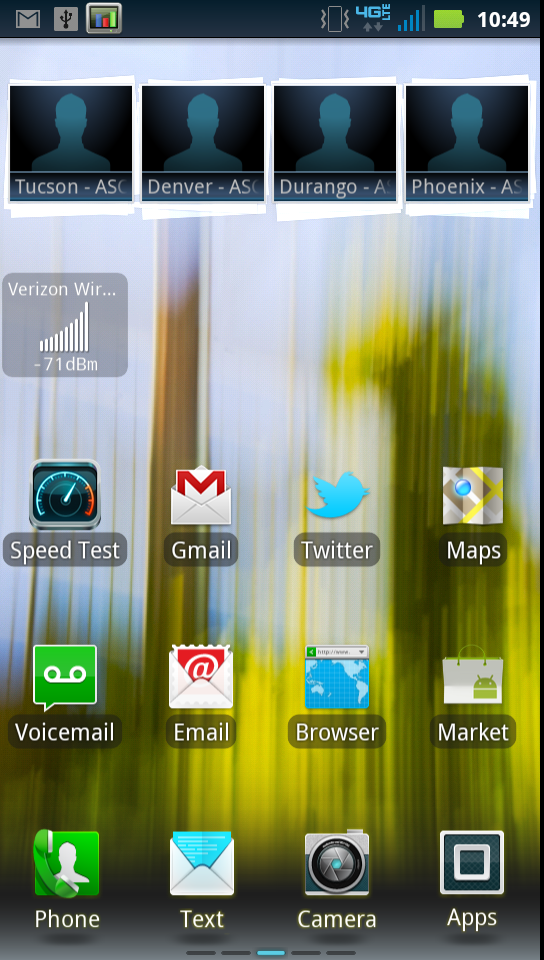
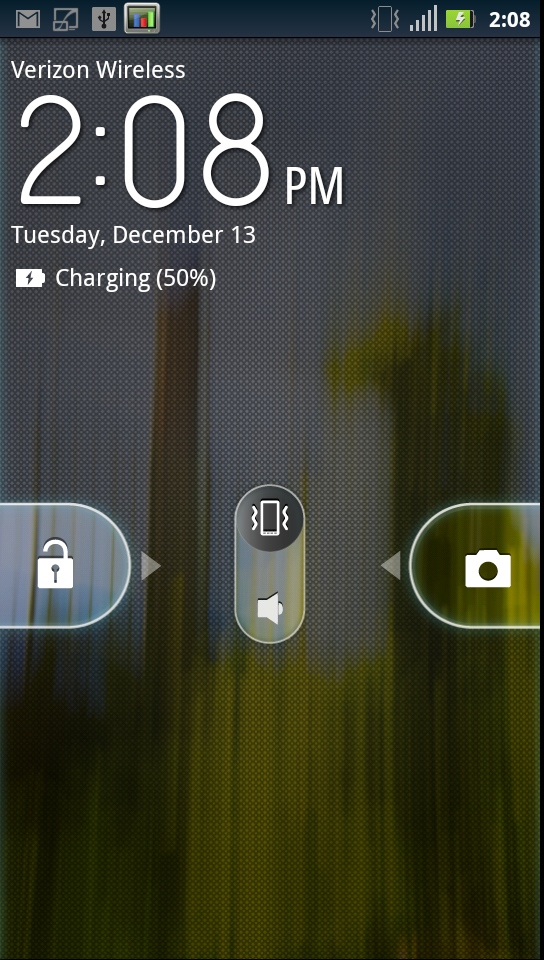
Anyhow, Android 2.3.5 on the RAZR is almost identical to the software and Blur skin we saw running on the Droid Bionic. That is to say, both come with Motorola’s not-Blur motoblur skin replete with resizable widgets, 3D launcher with a paginated 4x5 grid of icons, Motorola’s own slightly tweaked home screens, blue and grey Android UI colors, and basically the same software preload, but that’s not to say there aren’t some major changes.
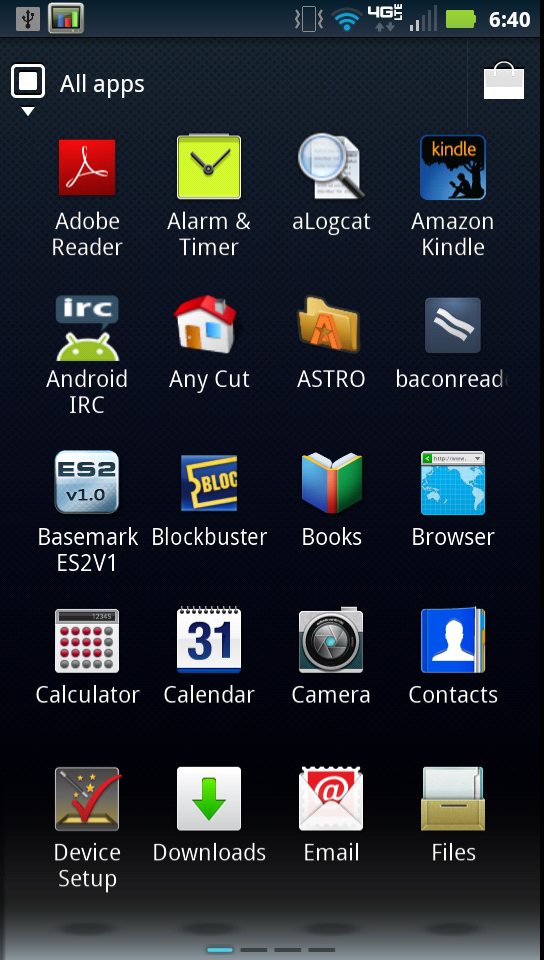
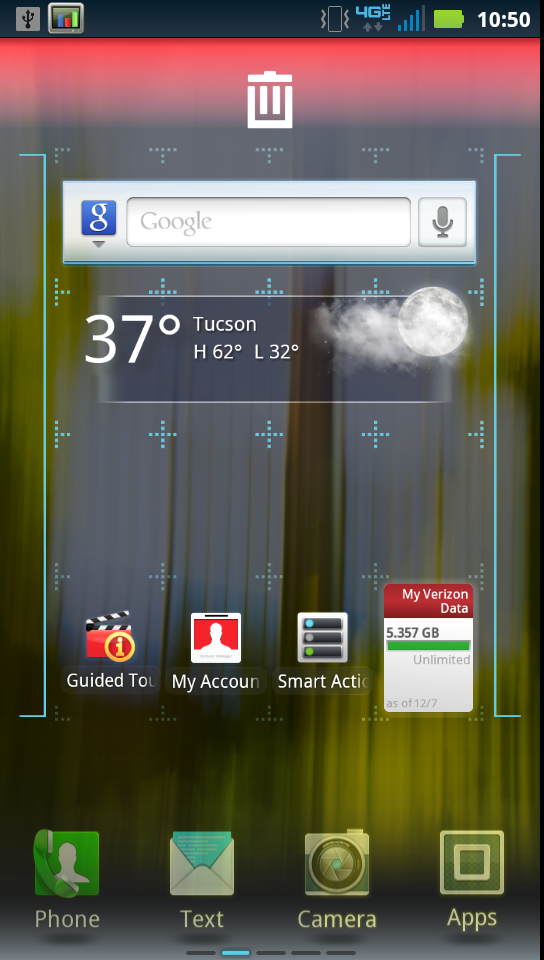
If you recall back to the Bionic review, I noted that device’s Blur version, which was 5.5.886. On the RAZR, Blur is now:
Blur_Version.6.11.777.XT912.Verizon.en.US
This change incorporates a bunch of new features. First up is a new lock screen with a quick shortcut that gets you right into the camera (something that basically everyone seems to be doing right now) and still gives the same vibrate/silent and date/time informatics at the top.
The other big change is the addition of so-called “Smart Actions” which really are location, time, and other trigger defined rules. There are a variety of preconfigured samples that you can tailor and build off of, for example to silence your phone when your location is at work or between certain hours, or remind you to charge your phone before sleep. It’s similar to Reminders for iOS but with more system integration and using other hooks in the OS for doing more than just location or time based alerts.
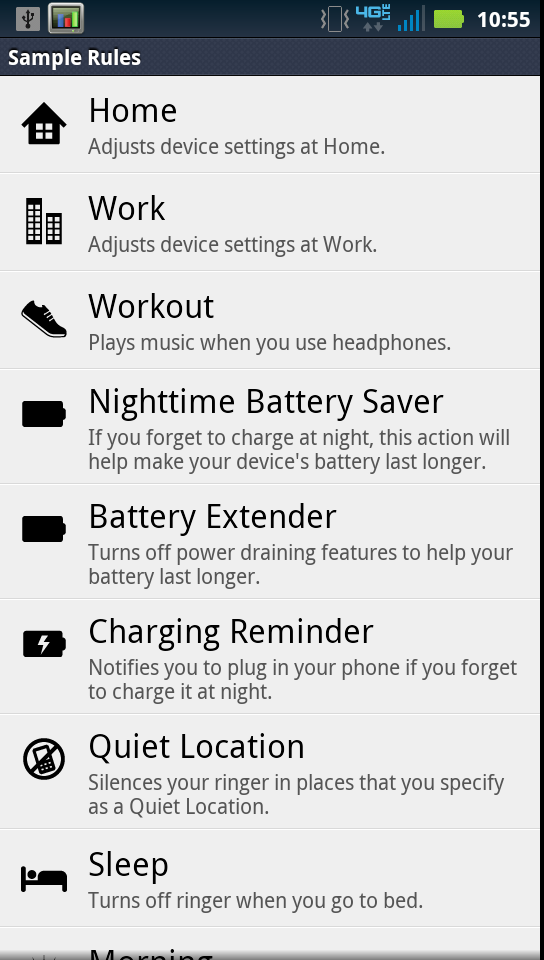
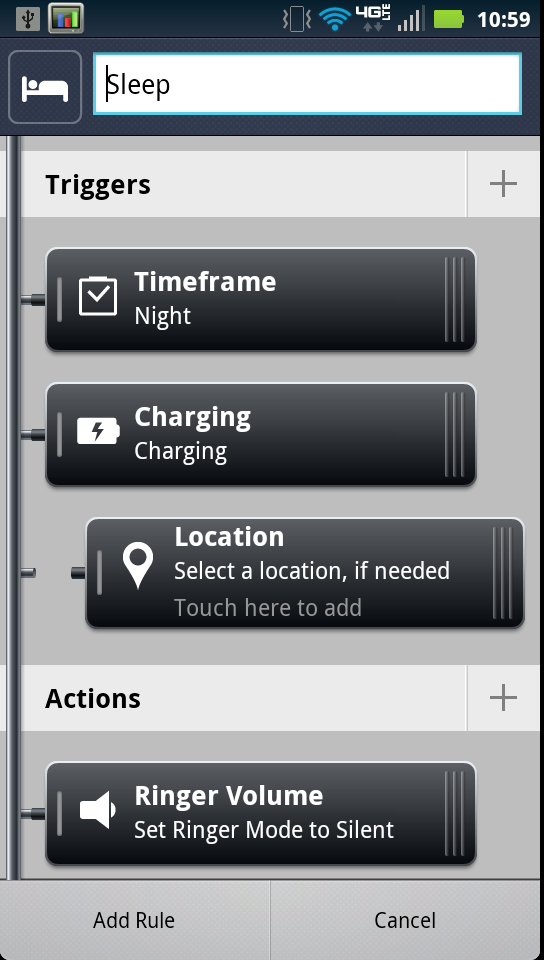
I usually have all my mobile devices on vibrate all the time, but having time and location-triggered silence mode is a far-overdue functionality for smartphones. It’s a lifesaver if you’re in a workplace or classroom where email and SMS alerts are frowned upon - or worse.
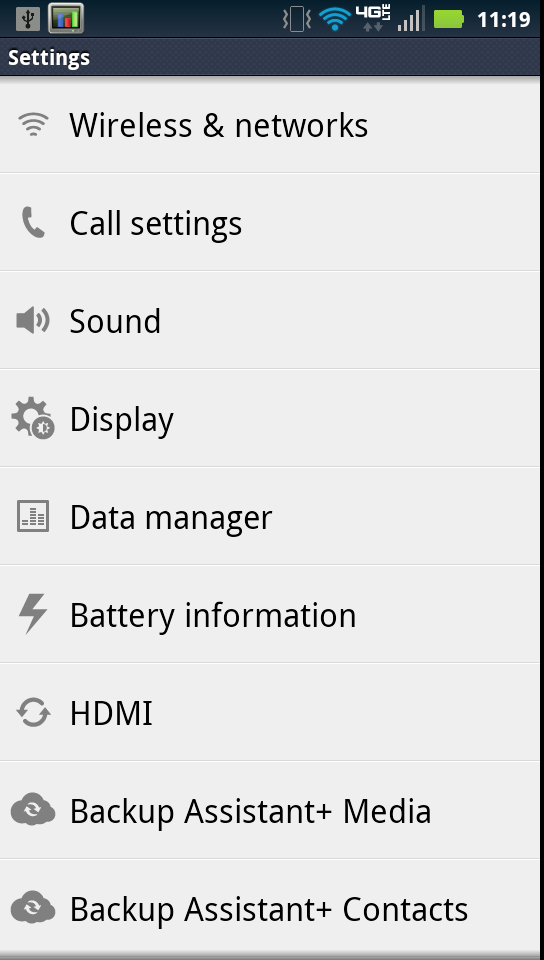
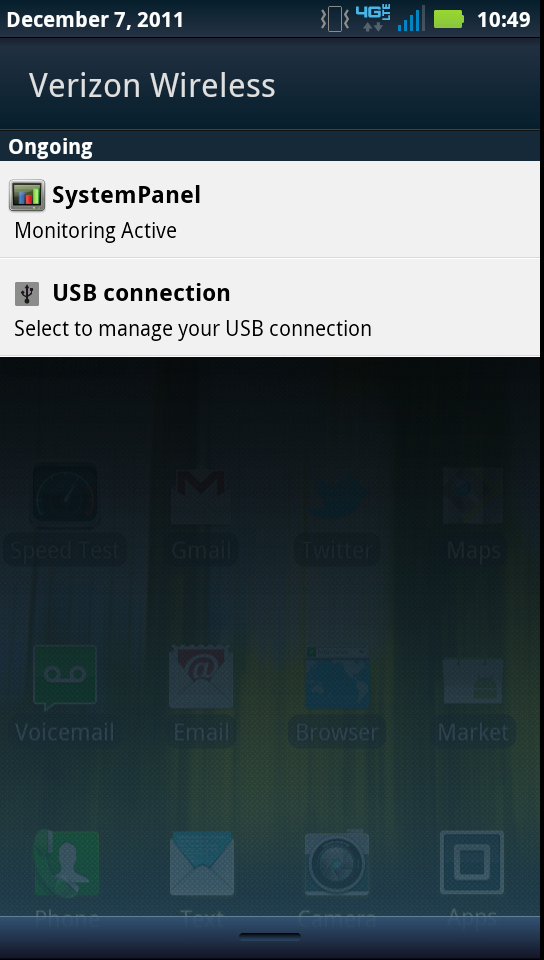
The other big change (and a welcome one) is the relocation of Motorola’s battery management and sync restriction system under the smart action umbrella. I’ve complained a few times in other reviews that both other tech press and end users are confused by the default power saving setting on the previous builds of Blur which disabled account sync between some hours. This is now totally removed and again an optional smart action (battery extender or nighttime battery saver). Instead, under settings is “battery information” which just gives you the percentage and a shortcut to Android’s battery use view.
The rest of Android on the RAZR is again much the same as other Motorola devices of this latest generation. There’s no doubt that Motorola’s suite of skins and customizations will also roll over to its Android 4.0 port - as they’ve noted in blog posts a few times already - the question is what that will look like when the time comes.
The storage situation on the RAZR is important, again you get 16 GB of internal NAND and a microSDHC port that’ll take up to 32 GB cards, and out of the box you get a 16 GB class 4 card preinstalled. Of course, that 16 GB of internal NAND can be divied up in multiple ways, but running df clears things up.
Filesystem Size Used Free Blksize/dev 460M 380K 459M 4096/mnt/asec 460M 0K 460M 4096/mnt/obb 460M 0K 460M 4096/system 636M 402M 234M 1024/pds 3M 1M 2M 1024/preinstall 605M 440M 164M 1024/data 3G 518M 2G 4096/cache 1007M 17M 990M 4096/osh 1G 1G 275M 2048/mnt/sdcard-ext 14G 432M 14G 8192/mnt/sdcard 8G 47M 7G 8192
There’s an 8 GB internal storage partition which works like an SD card (/mnt/sdcard), 3 GB for applications (/data), and then the 16 GB /mnt/sdcard-ext partition which is actually the external card. I’m assuming the rest of the space from that 16 GB of NAND is actually used for the lapdock.










76 Comments
View All Comments
kishorshack - Friday, December 16, 2011 - link
That is an awesome phone, a request from all of usDo review it. The interesting part here would be running ICS on it :D
dj christian - Thursday, December 22, 2011 - link
Hope you were ironic. Well i've read alot of N9 reviews already but it would be nice if Anand would do one, just part from the usual Android and iOS sphere of lately.Araemo - Friday, December 16, 2011 - link
You mention you tested wifi hotspot with encryption off on this phone.. is that possibly why it bested the droid bionic's wifi hotspot battery life by so much? AES encryption could be a not-insignificant amount of the power draw when operating a secured wifi hotspot.IKeelU - Friday, December 16, 2011 - link
I think the phone would be way nicer without an edge that sticks out. It makes it look dated already, but there's probably a structural reason to have it there (or something).Also wtf is Apple doing to make 3g browsing last so damn long?!
PeteH - Sunday, December 18, 2011 - link
It must have something to do with that giant A5, because the iPhone 4 doesn't have nearly the same benefit.mr_thomas - Friday, December 16, 2011 - link
If you are going to put in iPhone comparisons in the benchmarks, etc., please do it across the board. It isn't helpful to see it in only a few places.introiboad - Tuesday, December 20, 2011 - link
I think they avoid it in browser benchmarks because Gingerbread doesn't support multithreaded rendering, and the comparison would be unfair. Don't take my word for it though.doobydoo - Tuesday, January 17, 2012 - link
There are only certain benchmarks which can be carried out on both Android and iOS, and on particular handsets. Everywhere where the benchmark could be carried out, they included it, which is as informative as they can be.RavnosCC - Friday, December 16, 2011 - link
Where's the comparison? HTC's Rezound has arguably much better hardware than the RAZR, and yet it's left out :(Plester - Friday, December 16, 2011 - link
I find the really big bezel and angled corners results in a down right odd and ugly looking phone, but taste is subjective...